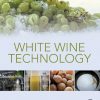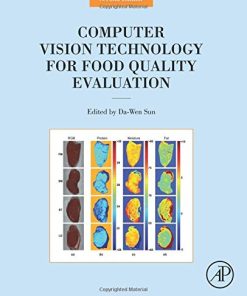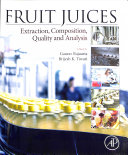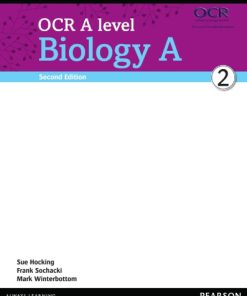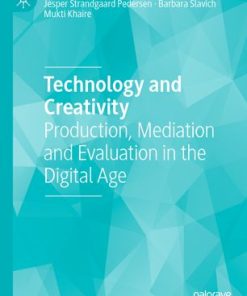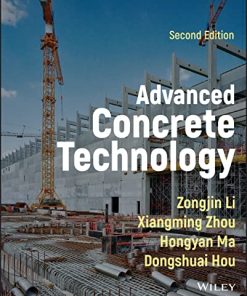Citrus Fruit Biology Technology and Evaluation 2nd Edition by Milind Ladaniya 0323993079 9780323993074
$50.00 Original price was: $50.00.$25.00Current price is: $25.00.
Citrus Fruit: Biology, Technology, and Evaluation 2nd Edition by Milind Ladaniya – Ebook PDF Instant Download/DeliveryISBN: 0323993079, 9780323993074
Full download Citrus Fruit: Biology, Technology, and Evaluation 2nd Edition after payment.
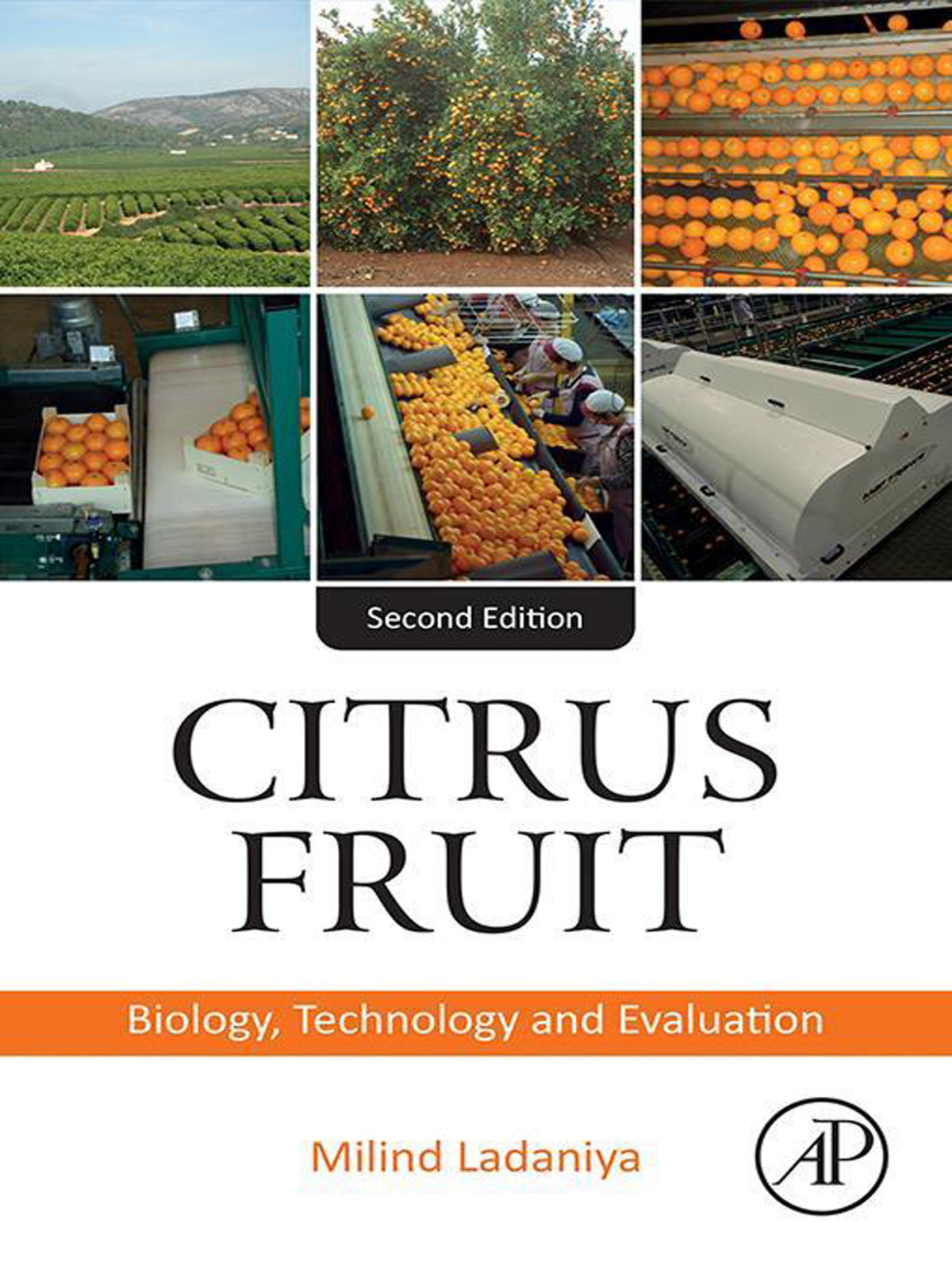
Product details:
ISBN-10 : 0323993079
ISBN-13 : 9780323993074
Author : Milind Ladaniya
Citrus Fruit: Biology, Technology and Evaluation, Second Edition presents a comprehensive view of these globally important crops, from cultivars to consumer acceptability. Now fully revised and updated to address the latest technologies and advancements, along with an exploration of highly current topics, including the impacts of climate and COVID-19, the book presents fresh fruit scenarios from around the globe. Sections explore the challenge of losses, background on fresh citrus cultivars production, factors that impact fruit quality, morphology, anatomy, physiology and biochemistry of fruit, fruit maturity, grades, and physico-chemical characteristics before moving into aspects of post-harvest technology.
From irradiation and quality control to the nutritive, medicinal and safety aspects, the book presents the wide range of factors that can impact successful citrus crop production, delivery and consumption. Intended as a resource for researchers and scientists dealing with the growth, development and distribution of citrus fruit, the book provides up-to-date coverage on global citrus fruit production and practices.
Citrus Fruit: Biology, Technology, and Evaluation 2nd Table of contents:
Chapter 1. Introduction
Abstract
Chapter outline
I History and nutritive value
II Area and production
III Consumption
IV International trade
V Varieties
VI Future projections
VII Major threats to production and supply
VIII Postharvest overview
IX Conclusion
References
Further reading
Chapter 2. Commercial fresh citrus cultivars and producing countries
Abstract
Chapter outline
I Citrus cultivars for fresh fruit markets
II Countries, varieties grown, and harvesting seasons
References
Chapter 3. Postharvest losses
Abstract
Chapter outline
I Introduction
II Mandarin
III Impact of transportation on losses
IV Acid lime
V Sweet orange and grapefruit
VI Strategies to reduce losses
References
Further reading
Chapter 4. Preharvest factors
Abstract
Chapter outline
I Sanitary conditions and tree health
II Tree nutrition and cultivation practices
III Preharvest sprays
IV Climate
References
Chapter 5. Fruit morphology, anatomy and physiology
Abstract
Chapter outline
I Fruit morphology
II Fruit anatomy
III Fruit physiology
IV Citrus greening and amino acid metabolism
References
Further reading
Chapter 6. Fruit biochemistry
Abstract
Chapter outline
I Introduction
II Carbohydrates
III Organic acids
IV Nitrogenous compounds
V Enzymes
VI Lipids, waxes, and other related compounds
VII Pigments
VIII Phenols, flavonoids and limonoids
IX Vitamins
X Inorganic constituents
XI Citrus oils and volatile flavoring compounds
XII Antioxidant capacity
References
Further reading
Chapter 7. Growth, maturity, grade standards, and physico-mechanical characteristics of fruit
Abstract
Chapter outline
I Citrus fruit and climate
II Growth and development
III Indices of maturity, fruit grades, and standards
IV Physical and mechanical characteristics
References
Further reading
Chapter 8. Harvesting
Abstract
Chapter outline
I Methods of harvesting
II Cost of harvesting
References
Chapter 9. Preparation for the fresh fruit market
Abstract
Chapter outline
I Degreening
II Packinghouse operations
III Postharvest treatments
References
Further reading
Chapter 10. Packaging
Abstract
Chapter outline
I Containers and packaging materials
II Film-wrapping and seal-packaging
III Modified atmosphere packaging
IV Biodegradable packaging and alternatives
References
Further reading
Chapter 11. Precooling and refrigeration
Abstract
Chapter outline
I Temperature, relative humidity, and vapor pressure deficit
II Mechanical refrigeration
III Precooling
References
Chapter 12. Storage systems and response of citrus fruits
Abstract
Chapter outline
I Storage systems
II Removal of ethylene from storage area
III Changes in fruit composition during storage
References
Further reading
Chapter 13. Transportation
Abstract
Chapter outline
I Road and vehicle condition
II Surface transport
III Air distribution system
IV Fruit package and stowage
V Fresh air exchange
VI Commodity specific transport requirement
VII Refrigeration controls, sensors and communication
VIII Conditioning and quarantine treatments during transportation
IX Air shipments
X Food safety considerations during shipments
References
Chapter 14. Marketing and distribution
Abstract
Chapter outline
I Marketing systems and distribution
References
Chapter 15. Irradiation
Abstract
Chapter outline
I Ionizing radiation
II Irradiation process
III Possible benefits of irradiation
IV Irradiation effects on citrus quality attributes
V Phytotoxic effect of irradiation on peel and flesh
References
Further reading
Chapter 16. Postharvest disease management with fungicides
Abstract
Chapter outline
I Introduction
II Postharvest diseases
III Disinfectants and fungicides
IV Treatments, residues, and tolerances
References
Further reading
Chapter 17. Alternative strategies for postharvest disease management
Abstract
Chapter outline
I Introduction
II Generally recognized as safe chemicals
III Microbial antagonists
IV Commercial microbial antagonists
V Plant extracts and compounds of bio-origin
VI Growth regulating substances
VII Antifungal edible coatings
VIII Physical methods
IX Integrated treatments
X Organic postharvest management
XI Available strategies and regulations
References
Further reading
Chapter 18. Physiological disorders and their management
Abstract
Chapter outline
I Disorders caused by postharvest factors
II Disorders caused by preharvest factors
References
Chapter 19. Postharvest quarantine treatments for insect-pests, mites and diseases
Abstract
Chapter outline
I Introduction
II Pest and disease-free zone protocol
III Fruit-fly disinfestation
IV Other insect-pests and mites
V Diseases
References
Further reading
Chapter 20. Fruit quality control, evaluation, and analysis
Abstract
Chapter outline
I Fruit quality
II Analysis of quality attributes and instruments
III Rapid nondestructive quality evaluation and application
IV Information and communications technology in fruit quality management
V Quality control and assurance systems
References
Chapter 21. Nutritive and medicinal value of citrus fruits
Abstract
Chapter outline
I Nutritive value of citrus fruit in the human diet
II Therapeutic/medicinal value
III Nutritive and medicinal value of Bael (Aegle marmelos)
References
Chapter 22. Biotechnological applications in fresh citrus fruit
Abstract
Chapter outline
I Introduction
II Attributes for improvement
References
Further reading
Chapter 23. World fresh citrus trade and quarantine issues
Abstract
Chapter outline
I Exports, imports, and world trade
II Quarantine issues
III Blockchain technology in citrus trade
References
Further reading
Chapter 24. Impact of climate change and COVID-19 pandemic on citrus industry
Abstract
Chapter outline
I Climate change
II Climate change effect on crop physiology
III Fruit production and yield
IV Marketing and prices
V Mitigation and adaptation strategy
VI COVID pandemic
VII Fruit production and consumption during pandemic
VIII COVID-19 effect on trade
People also search for Citrus Fruit: Biology, Technology, and Evaluation 2nd:
citrus fruit biology technology and evaluation
citrus fruit biology technology and evaluation pdf
fruit citrus and vegetable insect control
citrus science and technology
organic citrus and avocado fertilizer
Tags: Citrus Fruit, Biology, Technology, Evaluation, Milind Ladaniya
You may also like…
Biology and other natural sciences - Plants: Agriculture and Forestry
Computer Vision Technology for Food Quality Evaluation 2nd Edition Sun
Technique - Food Manufacturing
Politics & Philosophy - Government & Politics
Technique - Food Manufacturing
Citrus Fruit: Biology, Technology, and Evaluation, 2nd Edition Milind Ladaniya
Uncategorized
Engineering - Social & Cultural Aspects of Technology
Engineering - Civil & Structural Engineering


